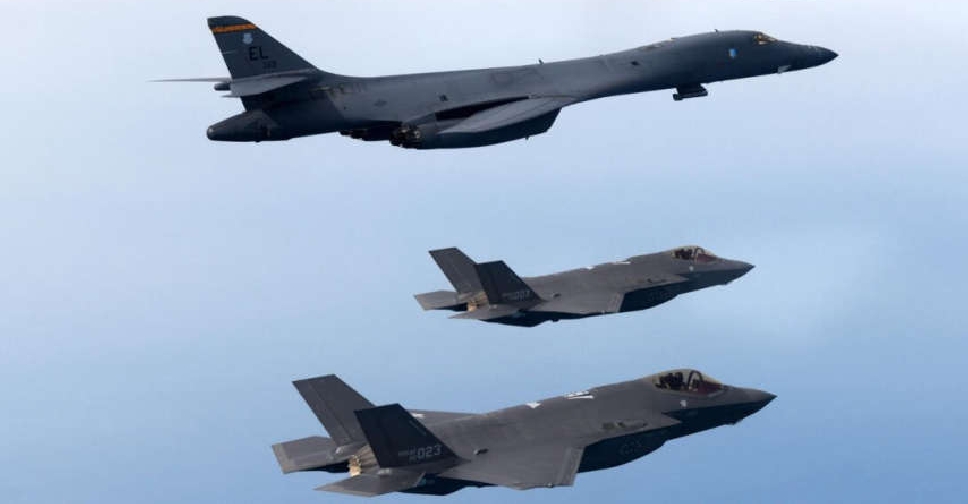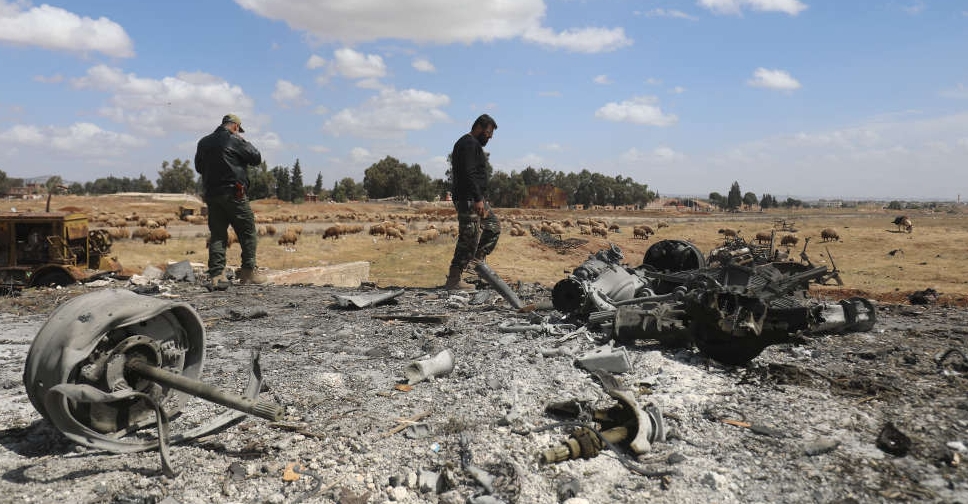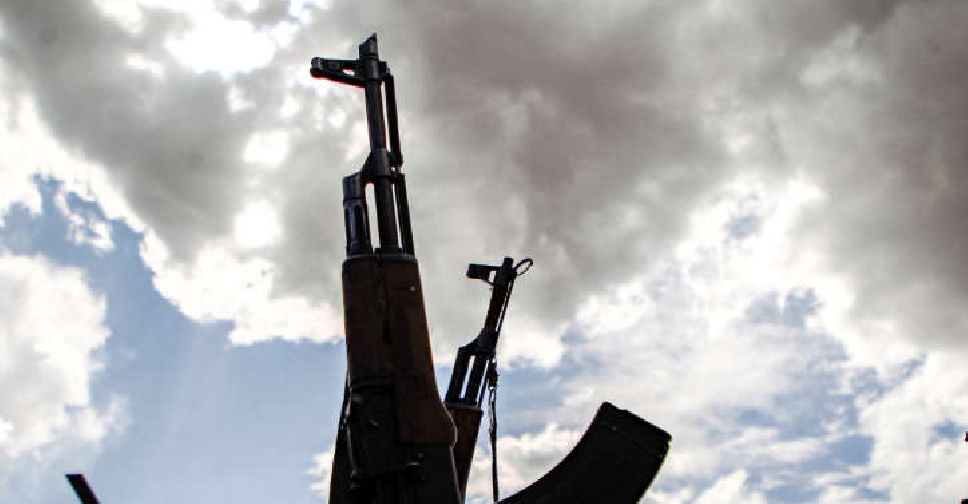
The United States and South Korea held a joint air exercise involving U.S. strategic bombers on Sunday, a day after North Korea fired a Hwasong-15 intercontinental ballistic missile (ICBM) in a "sudden launching drill".
South Korea's Joint Chiefs of Staff said the exercise, where South Korea's F-35A, F-15K and U.S. F-16 fighters escorted American B-1B bombers, demonstrated the allies' "overwhelming" defence capabilities and readiness posture.
"(The exercise) strengthened the combined operation capability and affirmed the United States' ironclad commitment to the defence of the Korean Peninsula and the implementation of extended deterrence," the South's military said in a statement.
Japan's Fuji News Network said Japan and the United States were also likely to conduct a joint air drill as early as Sunday afternoon.
The U.S.-South Korea exercise comes a day after North Korea launched a long-range ballistic missile into the sea off Japan's west coast, following a warning of a strong response to upcoming military drills by South Korea and the United States.
North Korea's state media KCNA said the country conducted a "sudden launching drill" on Saturday in an "actual proof" of its efforts to turn the "capacity of fatal nuclear counterattack on the hostile forces into the irresistible one".
Leader Kim Jong Un's sister, Kim Yo Jong, issued yet another warning and bristled at the United States for trying to turn the U.N. Security Council into what she called a "tool for its heinous hostile policy" toward Pyongyang.
"I warn that we will watch every movement of the enemy and take corresponding and very powerful and overwhelming counteraction against its every move hostile to us," she said in a statement.
Saturday's missile launch, the North's first since January 1, came after Pyongyang threatened on Friday an "unprecedentedly persistent, strong" response as South Korea and the United States gear up for annual military exercises as part of efforts to fend off the North's growing nuclear and missile threats.
The North Korean state news agency said the missile had flown for 1 hour, 6 minutes and 55 seconds, as high as 5,768 km (3,584 miles), before accurately hitting a pre-set area 989 km (614 miles) away in open waters. Hwasong-15 was first tested in 2017.
Japan said on Saturday the missile had plunged into waters inside its exclusive economic zone.



 Israeli attacks on Gaza killed 60 people in 24 hours
Israeli attacks on Gaza killed 60 people in 24 hours
 Trump fires National Security Agency director
Trump fires National Security Agency director
 Israel steps up Syria strikes, says Turkey aims for 'protectorate'
Israel steps up Syria strikes, says Turkey aims for 'protectorate'
 US sending Israel 20,000 assault rifles that Biden delayed
US sending Israel 20,000 assault rifles that Biden delayed



